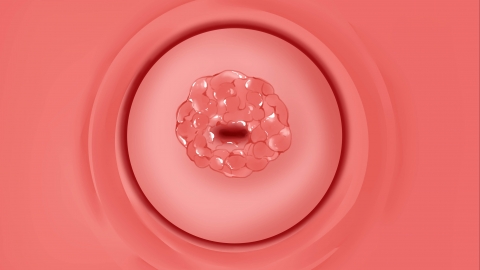How to Treat Mild Cervical Erosion
Generally, cervical erosion refers to cervical columnar epithelial displacement. Mild cervical columnar epithelial displacement may be caused by hormonal changes, cervical columnar epithelial displacement itself, bacterial vaginitis, mycoplasma or chlamydia genital tract infections, cervical polyps, and other factors. General treatment and medication can be used to improve the condition. Prompt medical consultation and treatment according to medical advice are recommended. Details are as follows:

1. Hormonal changes: During menstruation or pregnancy, estrogen levels in women may rise. Estrogen can affect the cervical columnar epithelium, causing it to move outward and cover areas previously covered by squamous epithelium, resulting in an appearance of cervical columnar epithelial displacement. This generally does not require special treatment. Regular gynecological check-ups are recommended to monitor any changes in the condition.
2. Cervical columnar epithelial displacement: Cervical columnar epithelial displacement refers to the movement of columnar epithelium from the internal cervical os outward to the external cervical os, which is a physiological change. It may be related to fluctuations in estrogen levels, causing the columnar epithelium to appear displaced. This generally does not require special treatment. If inflammation is present, appropriate treatment is necessary.
3. Bacterial vaginitis: Bacterial vaginosis is caused by mixed infections with Gardnerella vaginalis and certain anaerobic bacteria, leading to imbalance in the vaginal flora. This inflammation may spread to the cervix, causing cervicitis, which can result in mild cervical columnar epithelial displacement, presenting with increased vaginal discharge. Medications such as tinidazole tablets, metronidazole suppositories, and clindamycin hydrochloride capsules should be used according to medical advice to inhibit bacterial growth.
4. Mycoplasma or chlamydia genital tract infection: Mycoplasma and chlamydia are common pathogens causing genital tract infections and can trigger cervicitis. Prolonged inflammatory stimulation and persistent pathogens may lead to mild cervical columnar epithelial displacement, accompanied by abnormal odor. Under medical guidance, antibiotics such as azithromycin capsules, doxycycline hyclate tablets, and levofloxacin tablets can be used for anti-infective treatment.
5. Cervical polyps: Cervical polyps are localized hyperplasias of cervical glandular epithelium and stroma that protrude from the cervical os as polyps. The irritation and friction caused by the polyps may lead to mild cervical columnar epithelial displacement, presenting with pale yellow or purulent vaginal discharge. Treatment options include polypectomy, cervical conization, or hysteroscopic electroresection, as advised by a physician.
During treatment, it is important to follow medical instructions, take medications as prescribed, and make appropriate adjustments to lifestyle and diet to promote recovery.








